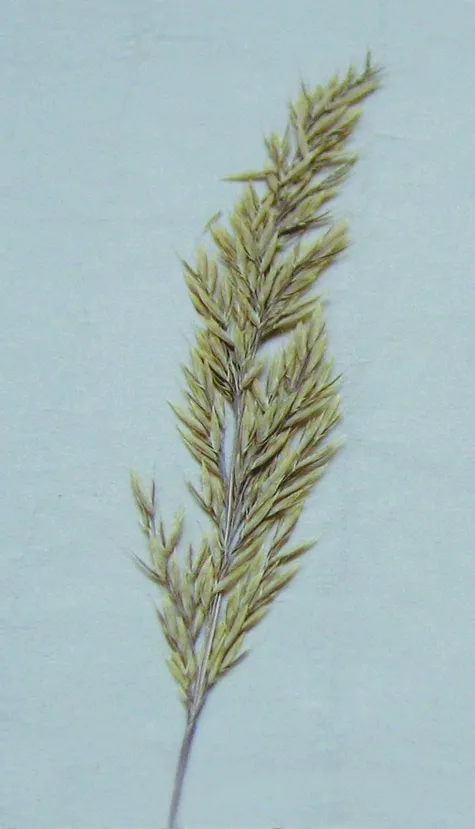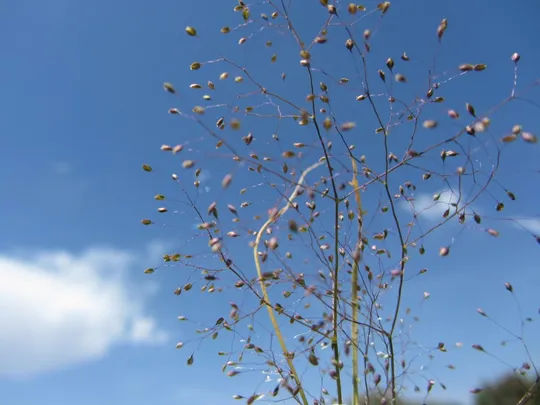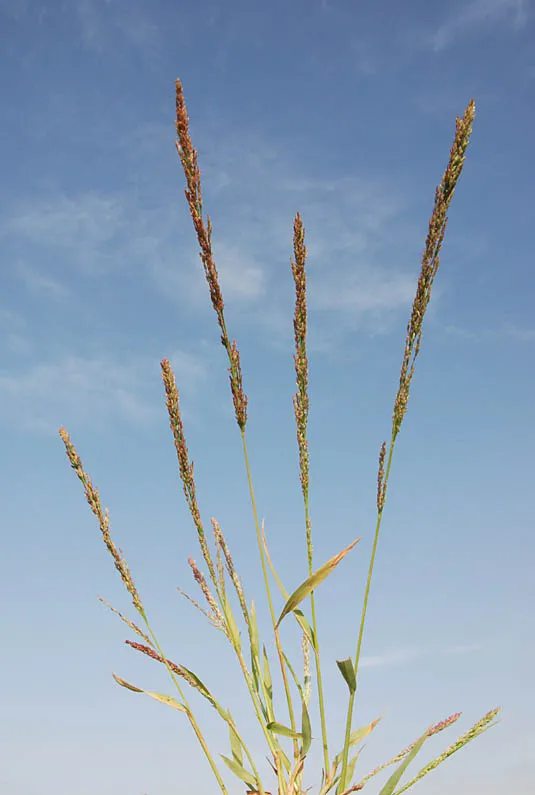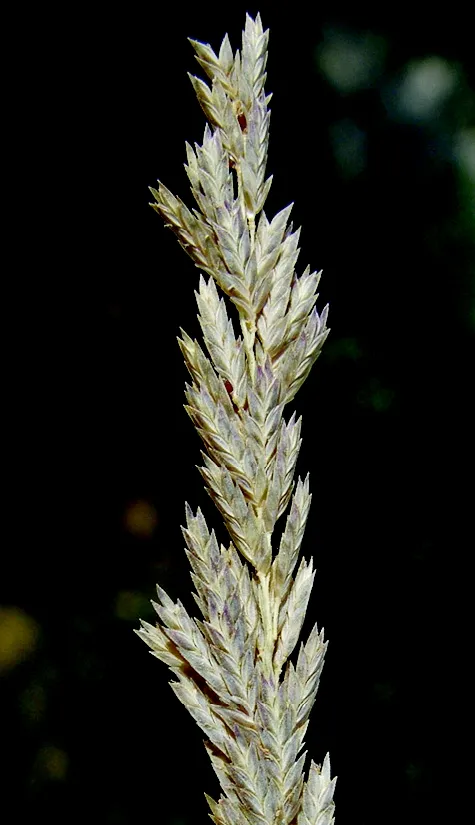Weeping Alkali Grass, European Alkali Grass
Puccinellia distans
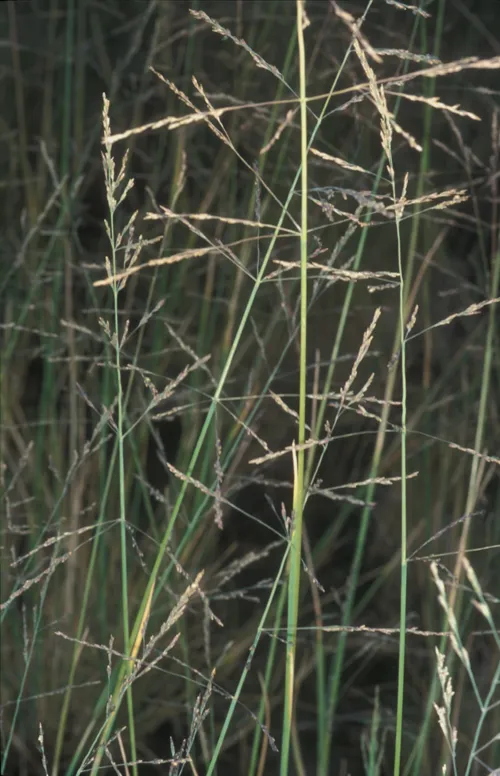
Puccinellia distans formerly grew in two regions – the Hula Valley and the Acre Valley. It was collected in these two regions in the 1950s (1951-1953) and has not been seen since. In the past it was found in the Na’aman salt marsh and was collected on the “Na’aman banks” (thus the term used in all Israeli guides and in the Flora Palaestina as the “salt marsh”) however, many more dried specimens were collected in the Hula swamp and at the head of the Enan Stream. P. distans were observed on May 23, 1994 at the edge of a spring on Mount Keta at the foot of Mount Hermon at an altitude of 1,030 m (Rotem observation, May 22, 1994, Yuval Sapir). A single observation from the Bet Tsayda valley was recorded in 1974 in the Wadi Kanaf riverbed. However, the species is difficult to identify (it was originally identified by Michael Zohary), and it has not been collected from this area in 30 years – we have not added the Kinarot valley as an area where the plant grows.
Salt marshes, on the edges of ponds and on heavy muddy clay soil.
The genus Puccinellia includes four species whose center of distribution is in the Euro-Siberian region, and they also spread to the Mediterranean and Irano-Turanian regions. The genus is close to the genus Poa on one hand, and to the genera Glyceria and Catabrosa on the other. Puccinellia distans were not included in Eig, Zohary and Feinbrun's old guide (1948), but it appeared in the Zohary guide (1976) and in the Flora Palaestina (1986).
Puccinellia distans once grew in the Hula Valley salt marshes, in the Enan spring, and near Hulata, and were also collected a single time from the Na’aman banks in the Acre salt marsh. The species has not been observed in western Israel since 1953. A single observation was recorded from the Bet Tsayda valley on the edge of the Kinneret.
Puccinellia distans should be reintroduced to the Na’aman salt marsh near Acre and in suitable habitats in the Hula area. Seeds can be collected from the population on Mount Keta. A thorough survey of rare plants in the Hula Valley and in the Kinarot valley should be conducted, focusing on the Cyperaceae and the Gramineae (Poaceae) families which are difficult to identify. No such survey has been conducted in the region since the establishment of the State of Israel. We believe that such a survey will be the last chance to survey many of the wetlands, and lead to important discoveries, and will change the picture regarding the distribution, extinction and the existence of many water plants in northern Israel.
Puccinellia distans have a broad range; it grows over the entire Euro-Siberian region, Northwest Africa and in North America. In our region, it is common in Turkey, Iran, Caucasus and Afghanistan.
Puccinellia distans are a perennial grain species typical of salt marshes and swamps. In the past, it was found in the Hula and Acre valleys, but has not been found there since the 1950s. A distinct species, easily recognizable in the field by its unique inflorescence. Since we could not find it in the 1970s and the 1980s in either the Hula Valley or the Acre Valley, it has probably become extinct in western Israel. However, as no rare species survey was conducted in the Kinarot Valley or in the Hula Valley we have not declared it "an extinct species". Moreover, it is definitely found on Mount Keta at the foot of Mount Hermon.
Current Occupancy Map
| 1000 squre meter pixel | 5000 squre meter pixel | 10000 squre meter pixel | |
|---|---|---|---|
| number of observations | 0 | 0 | 0 |
| in total pixels | 0 | 0 | 0 |
| Family | Gramineae |
| Classification | On the endangered species list |
| Ecosystem | Mediterranean humid |
| Chorotype | Euro – Siberian (Mediterranean and Irano – Turanian) |
| Conservation Site | Enan, at the edge of the Hula |
| Rarity |
1
6
6
|
|---|---|
| Vulnerability |
0
4
4
|
| Attractiveness |
0
0
4
|
| Endemism |
0
0
4
|
| Red number |
1
5.8
10
|
| Peripherality | N |
| IUCN category | DD EW EX LC CR EN VU NT |
| Threat Definition according to the red book | Critically endangered |
 Based on:
Based on:
